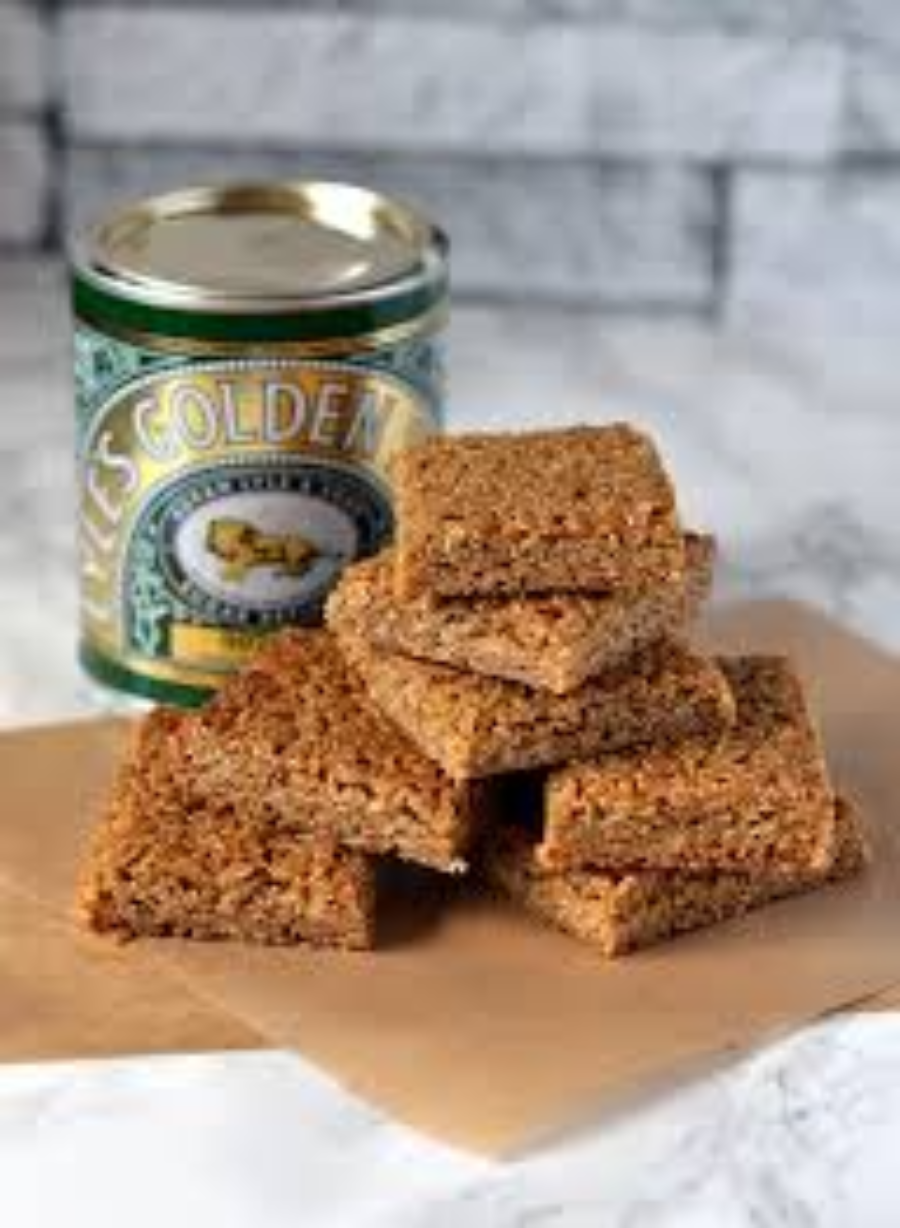
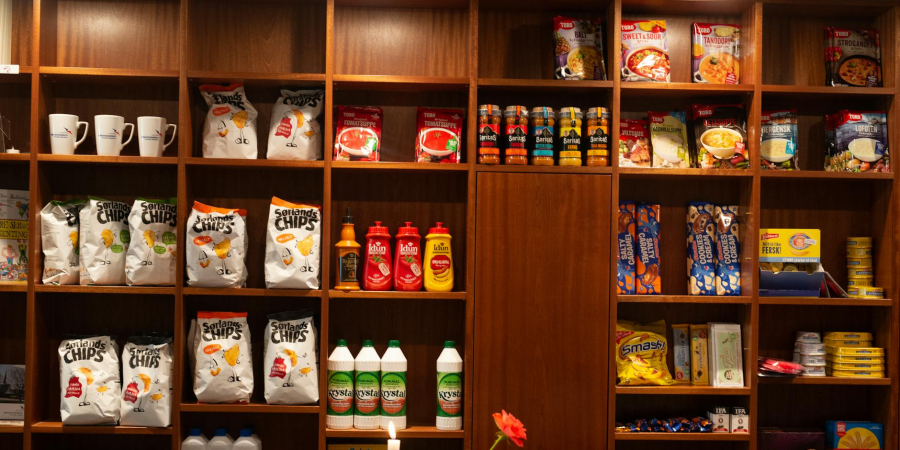
We're always coming up with fresh ideas to cut costs, and in light of the recent craze for "loud budgeting," which is the act of discussing money openly and publicly in order to dispel any stigma, we've reviewed some of the ways that we can all start eating less.
Energy prices are going up, and the cost of groceries is becoming higher and higher; therefore, it's time to get more astute about grocery shopping and cooking. Preparation, meticulous budget management, looking into more cost-effective purchasing options, and using logic when it involves best-before deadlines can all help to mitigate the rising expense of putting food on the table.
1) Budgeting and advance planning
• Create a budget and do your best to follow it. You won't be tempted to squander money on meals that you don't need in this way.
• Make a grocery list based on a meal plan and write it down. It will reduce food waste and help you account for leftovers if you plan ahead and decide what to cook and when during the week.
• When shopping, be ready to substitute ingredients that are no longer available or have increased in price. Avoid going hungry, as this may lead to overindulging in food purchases. 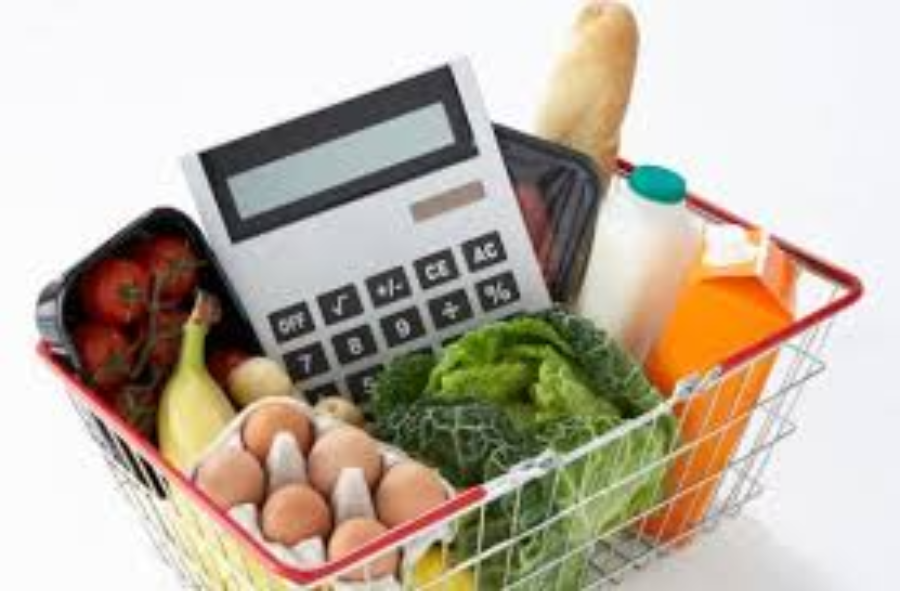
2) Look into buying in bulk.
Purchase rice in bulk if you have storage capacity; it will save you money compared to buying it in smaller amounts. 5 kg of basmati grain costs about £2.20 per kilogramme, while a 500g bag costs £5.80 per kilogramme. Check your local grocery store or a large supermarket's world food area for bulk packets of rice.

3) Purchase seasonal fruits and vegetables.
When fresh food is grown and harvested, try to purchase the majority of it during that season. Produce that is grown nearby and doesn't require transportation or shipping fees needs to be priced competitively.
4) Watch for deals on fresh vegetables.
Some greengrocers provide bulk discounts on specific products, like overripe bananas or blueberries, or they have produce bargain bins. When the stock is examined and commodities are lowered at the end of the day, shops also sell off food that is going bad.

5) Choose lower amounts of higher-quality meat.
Small portions of cured meats may have a big flavour impact, so consider sprinkling some 'nduja or chorizo over your food. In the long run, purchasing less meat will allow you to purchase higher-quality meat.

6) Utilize frozen vegetables
As frozen vegetables are already prepared, you won't have to throw away any of the weight you purchase. It's simple to portion out and uses up little amounts quickly. Simply stir into your food pan and cook over medium heat.

7) Herbal maintenance
Since cut herbs can be pricey, keep the stems wet in the refrigerator to avoid wasting any leaves. This keeps the coriander leaves in excellent condition and works particularly well for them.
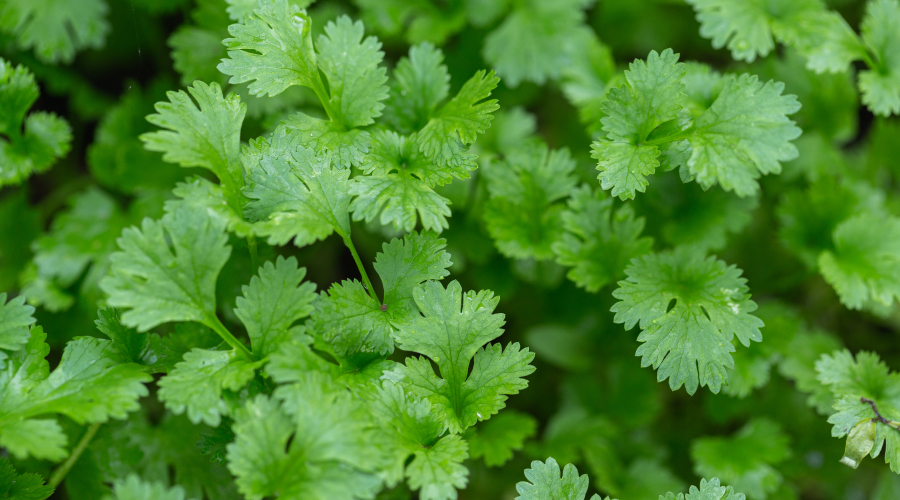
8) Create leftovers.
Whenever I cook an evening dinner, I always aim to double the amount in the hopes of having leftovers for lunch containers the following day. Rice, pasta, and noodle recipes are all excellent to make in bulk, and they may help you avoid having to buy lunch the next day.
9) Invest in a pressure cooker
By using a pressure cooker, you may use cheaper ingredients that typically require a longer cooking time and reduce the amount of time they need to cook. These consist of less expensive cuts of beef, beans, and pulses, which can be prepared either dry or soaked. Additionally, a pressure cooker maximises the quality of animal bones and skins by drawing out every last drop of taste for stock.
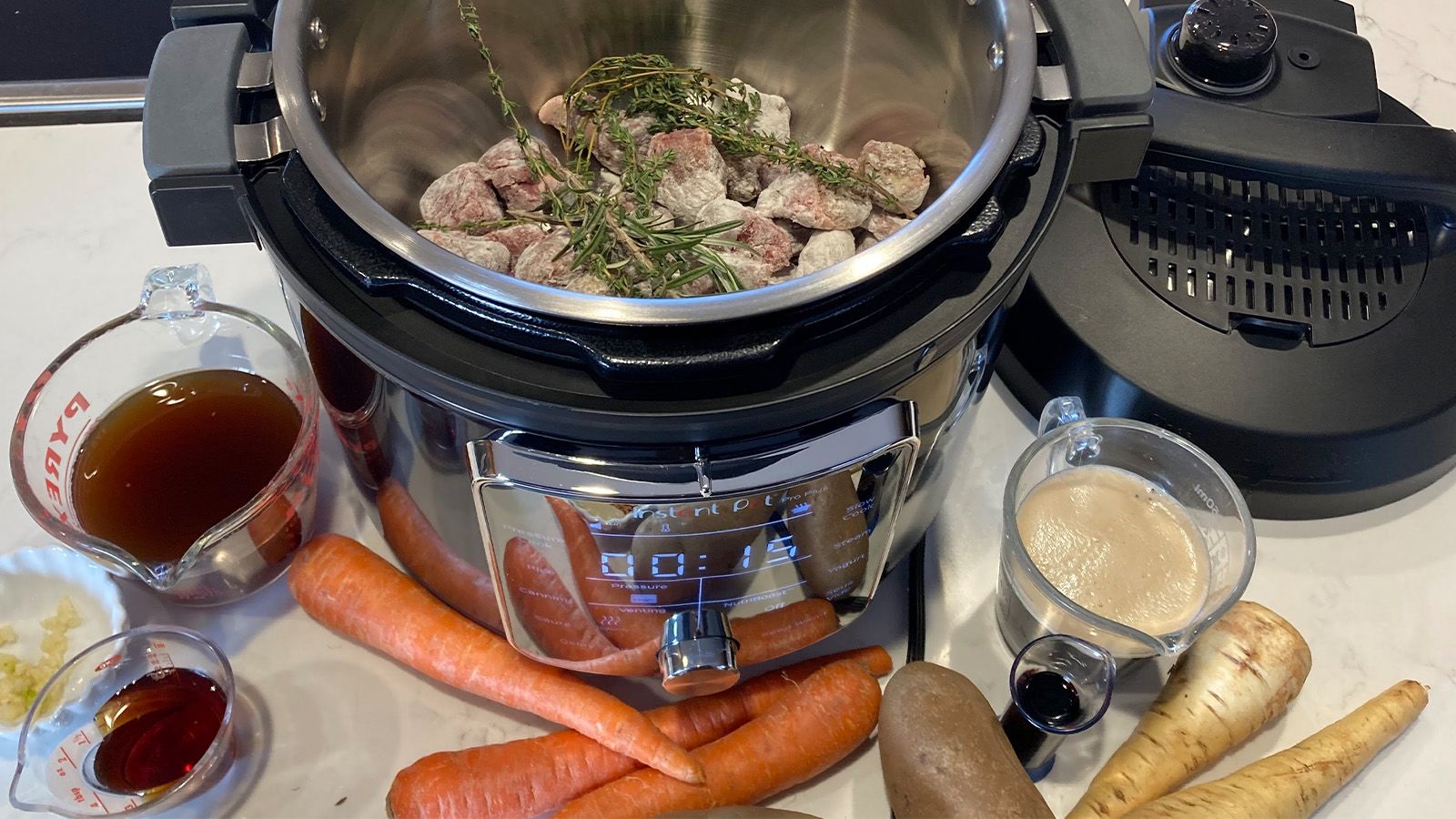
10) Prepare basic components in bulk.
I usually double or triple the recipe for tomato sauce and freeze the portions for an easy spaghetti sauce or to top meat or veggie dishes. You may apply the same method to batches of white sauce or fried onions. Make a mozzarella sauce with any leftover cheese and freeze it in portions.
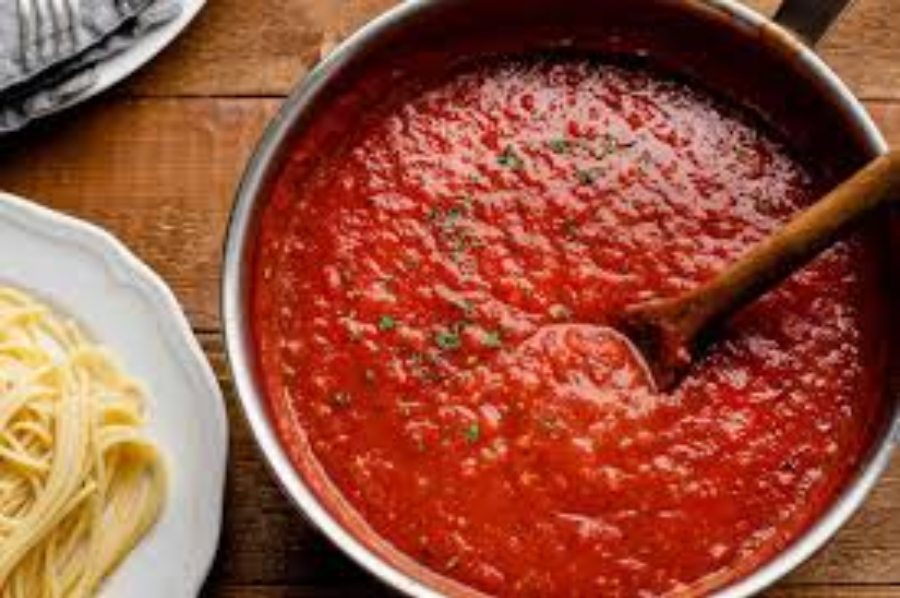
11) Prepare your own sweets
A sweet tooth can be satisfied with a simple handmade flapjack, oat biscuit, or cake that keeps well in the tin over a few days. To make it more economical and last longer, cut into small pieces.
